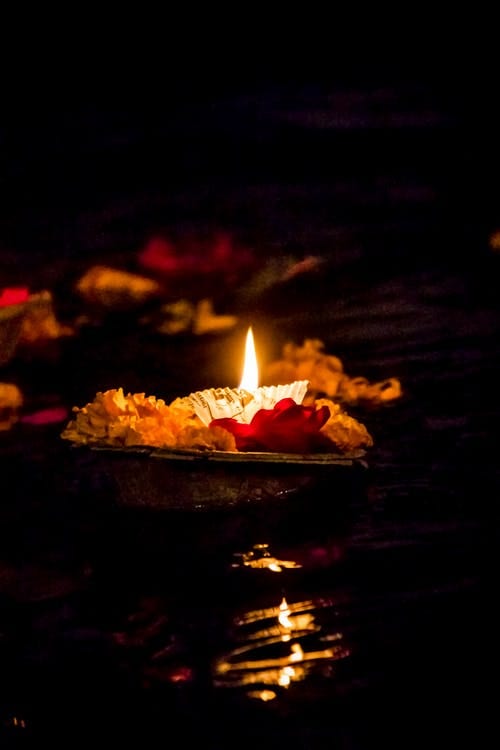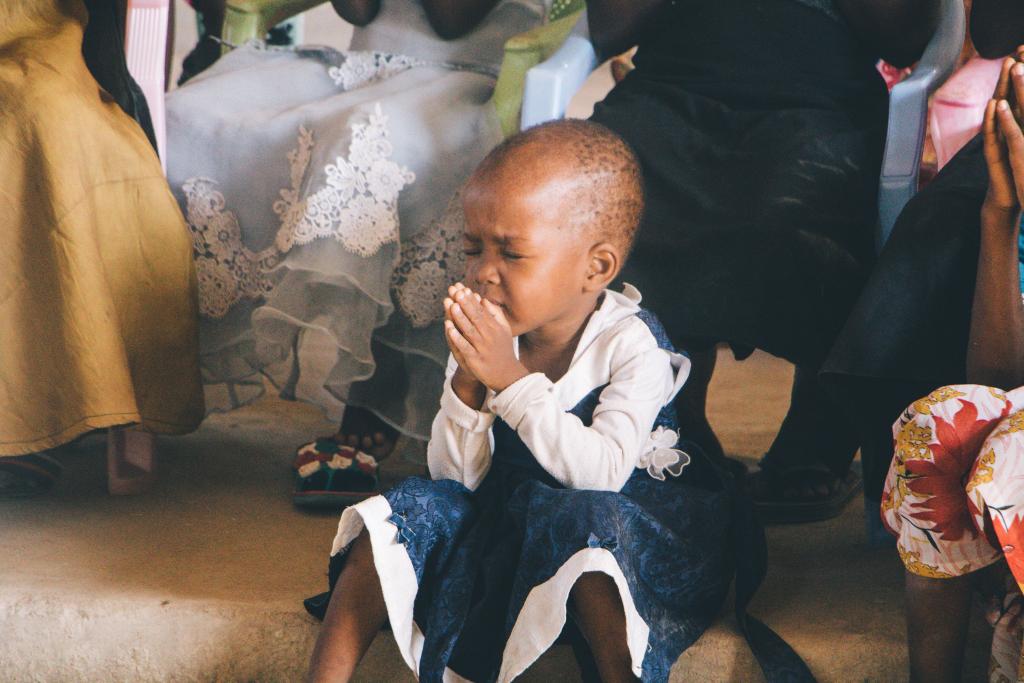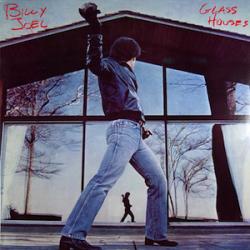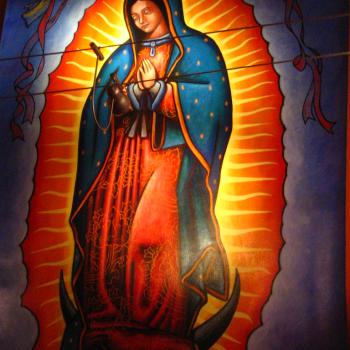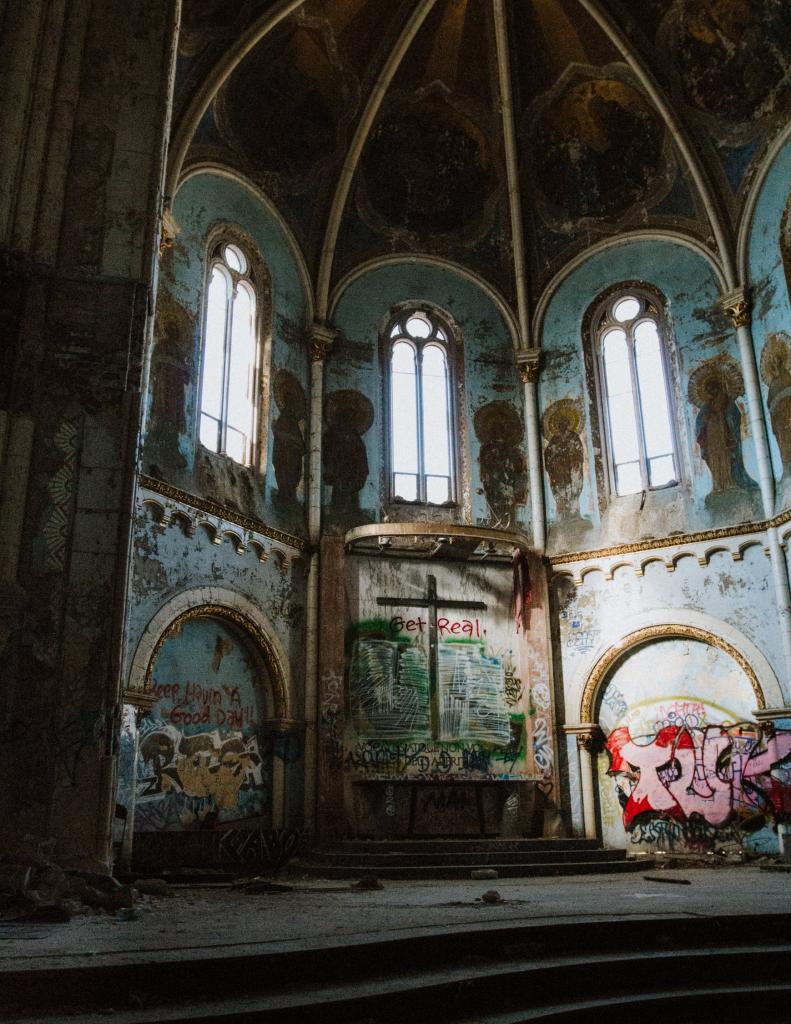 Source: Nachelle Nocom for pexels.com
Source: Nachelle Nocom for pexels.com
It’s very curious how the Catholic Church (both as an institution and as individual people and communities) has responded to the recent uptick of racial discussion, protests, and violence in this country.
On one hand, I’ve seen tremendous support for the Black Lives Matter movement from lay people of color and their allies across the country.
I finally set up my BLM yard sign two months ago, only to have it vandalized. I’ve only seen one other in a fifteen mile radius. Many priests, bishops, and religious men and women have also shown their support in various ways: peacefully protesting, raising awareness through education, displaying posters or banners, etc.
On the other hand, there seems to be a large amount of strange animosity and conspiracy theories swirling around BLM from some in the Church. Well-meaning people have sent me terrible pieces of garbage claiming that it’s a liberal movement orchestrated by George Soros to destroy America. Racism and antisemitism. Goody.
Except for one brief unit in my high school theology class about Catholic Social Teaching, I had never even heard of racism within a Catholic context until this year. This is incredibly unfortunate as our faith has struggled with racism both inside and outside the Church since the beginning. I won’t go into the history in this post, although I can point you in the right direction concerning racism and Black Catholics here, here, and here. It is also important to consider the history regarding racism and Native American Catholics here.
I suggest one way to counter this whitewashed American Catholicism is to learn about and promote saints who were people of color. We need to be made aware of the diversity in our Church (that is, in heaven and on earth) to fully embrace the beauty of our faith!
Enjoy meeting some new friends in heaven!
Blessed Carlos Manuel Cecilio Rodriguez Santiago
(November 22, 1918 – July 13, 1963)
Born in Puerto Rico, Carlos was the first Carribean-born layperson in history to be beatified. He was very shy but passionate about his faith, especially the liturgy. Carlos lived at a time when Mass was in Latin but hoped for a time when he would be able to pray in his native Spanish. He was a Knight of Columbus and helped teach the faith to local high schoolers. Easter was very important to him, and he would often say “vivimos para esa noche”, that is, “we live for that night” of Easter Vigil. He eventually died at the age of 44 from cancer.
For more information about Carlos: https://www.vatican.va/news_services/liturgy/saints/ns_lit_doc_20010429_rodriguez-santiago_en.html
Venerable Pierre Toussaint
(June 27, 1766 – June 30, 1853)
Pierre was born a slave in Haiti and brought to the United States to work as a house slave on a plantation. He was later brought to New York City by his master’s son and freed when the master’s widow died. Once a freeman, he learned the trade of a hairdresser, which made a good living. Pierre purchased the freedom of fellow slave Juliette Noel whom he married. (Juliette Noel is also being considered for sainthood as she worked with her husband throughout their marriage). Pierre was very concerned about the poor, and in addition to adopting his orphaned niece, he worked tirelessly in providing charity throughout the city. Pierre fostered orphans who lived on the street, helped Haitian immigrants, took care of cholera patients, and organized funds to build a new Catholic church (Old St. Patrick’s Cathedral on Mulberry Street). He continued his work of charity until his death at age 87.
For more information about Pierre: https://www.obmny.org/venerable-pierre-toussaint
Venerable Rafael Cordero Molina
(October 24, 1790 – July 5, 1868)
Another Puerto Rican saint, but of African ancestry, Rafael is known both for his sanctity and his dedication to education. He was born into a poor but devout family. Because of the color of his skin, Rafael wasn’t allowed to go to school and so educated himself. As an adult he decided to start a free school in his home for all Puerto Rican children, regardless of race or ability to pay. Rafael taught the boys while his sister, Celestina, helped with teaching the girls. This was the beginning of the island’s education system. Although he never married, several of Rafael’s students went on to become influential people in Puerto Rico’s journey toward independence from Spain. He was a very prayerful man and devoted to St. Anthony of Padua. His impact on the people of Puerto Rico became evident when over 2,000 people attended his funeral in 1868. A street in his hometown of San Juan honors him as “Maestro Cordero” – “Teacher Cordero”.
For more information about Rafael: https://www.preb.com/biog/cordero.htm
Venerable Henriette Díaz Delille
(March 11, 1813 – November 16, 1862)
Henriette was a Louisiana Creole, the daughter of a French man and a free woman of color. She grew up in the French Quarter of New Orleans and was educated in dancing, literature, and music. Her mother wanted Henriette to follow her example by entering into a common law marriage with a rich white man, but Henriette had other ideas. She remained single and founded an order of sisters, many of whom were mixed race. Their purpose was to care for the poor, educate children of slaves (at a time when it was illegal), and serve the elderly. This order, the Sisters of the Holy Family, is still active today. It’s evident from the example of Henriette’s life that she believed all people deserved the same love and respect, regardless of race or social standing.
For more information about Henriette: https://www.henriettedelille.com/henriette-delille
Venerable Father Augustus Tolton
(April 1, 1854 – July 9, 1897)
Father Augustus was the first black Catholic to be ordained a priest in the United States. He was born into slavery in Missouri in 1854. The family who owned his parents had all of their slaves and slaves’ children baptized and taught the Catholic faith. Augustus was enrolled into a Catholic school in Illinois after fleeing his master with his mother. Unfortunately, he was regularly tormented by his fellow students because he was the only person of color. He persevered and even learned to serve at Mass while working in a factory. When he expressed interest in the priesthood as a young man, Augustus was forced to attend seminary in Rome as no American seminary would receive him as a student. He was ordained to the priesthood in the Basilica of St. John Lateran and returned to the United States to serve the African-American community of Catholics in Springfield, Illinois and later Chicago. He faced resistance from both fellow African-Americans (Protestants who resented Catholics) and racist German-American Catholics. He died of heat stroke at the age of 43. However, his legacy lives on with the African-American community of Catholics he helped to foster in Chicago.
For more information about Father Augustus: https://tolton.archchicago.org
Servant of God Sister Thea Bowman
(December 29, 1937 – March 30, 1990)
Sister Thea was born Bertha Bowman to a Methodist family in Mississippi. She converted to Catholicism at the age of nine and later joined the Franciscan Sisters of Perpetual Adoration in LaCrosse, Wisconsin. She received her bachelor’s degree in English from Viterbo University in 1965. She took the name Thea as a religious sister and went on to attend The Catholic University of America in Washington D.C. where she earned her masters (1969) and Ph.D. (1972) in English. She taught at Xavier University in New Orleans as well as her alma maters. In addition to education, she was passionate about incorporating black musical heritage into the liturgy. Sister Thea worked with various bishops to raise awareness for the importance of black Catholic heritage and sacred music as well as to create a hymnal for the African-American community, which was published in 1987. Not to be deterred by a breast cancer diagnosis, she spoke from her wheelchair to the United States Conference of Catholic Bishops during a conference on black Catholics. She finally died from cancer at the age of 52 after working hard to transform minds and hearts in the Church and the country as a whole.
For more information about Sister Thea: https://www.sistertheabowman.com
Servant of God Mother Mary Lange
(1784 – February 3, 1882)
Mother Mary was born Elizabeth Clarisse Lange into a Haitian community in Cuba. She immigrated to the United States in the 1800’s and soon recognized the need for schools for the African-American children in Baltimore. She started a free school of sorts with her friend Marie Magdelaine Balas, working out of her home with her personal funds. Together with a French priest, Fr. James Nicholas Joubert, S.S., she later founded an order of religious sisters called the Oblate Sisters of Providence to meet the growing need of education for the black community. This order became the first congregation of sisters of African descent in the United States, something unthinkable at a time when people of color weren’t allowed to join religious orders. In addition to providing education and catechesis, the sisters worked to provide career training, education for women, and homes for widows and orphans. Mother Mary became the first superior of the order and worked tirelessly until her death in 1882.
For more information about Mother Mary: http://motherlangeguild.homestead.com/biography.html
Servant of God Julia Greeley
(1833-1848? – June 7, 1918)
Although sources differ on the exact date of her birth, Julia lived her faith so intensely that her nickname as “Denver’s Angel of Charity” was well-known by her death in 1918. Born into slavery in Missiouri, her eye was injured by a whip that was beating her mother when she was five years old. She lived with the disfigurement for the rest of her life. When she was freed by the Emancipation Proclamation in 1865, she became a cook and nanny for the future governor of Colorado. When her employer was appointed to this new role, she moved with him and his family and continued working for them. Julia entered the Catholic Church in 1880 and became very devoted to the Sacred Heart of Jesus. Her love for Jesus inspired her to begin serving the poor in Colorado, often under the cover of darkness so as not to embarrass poor white families receiving help from a black woman. She later joined the Secular Franciscans (a branch of the Franciscan order consisting of laypeople) and continued her work assisting the poor for the rest of her life. To honor her legacy, she became the first layperson to be buried at the Denver cathedral.
For more information about Julia: www.juliagreeley.org
Servant of God Nicholas Black Elk
(December 1, 1863 – August 19, 1950)
Black Elk (Heȟáka Sápa in his native Sioux) took the name Nicholas when he became a Catholic at the age of 40. He was a cousin of the war leader, Crazy Horse, and had participated in the Battle of the LIttle Bighorn and the Wounded Knee Massacre as a younger man. Black Elk came from a long line of medicine men in the Sioux tradition and continued this work after his conversion. He worked as a spiritual guide and catechist among his people, traveling across the reservations to teach the Sioux in their own language and prepare them for the sacraments. Black Elk helped bridge the gap between his native spirituality and his newfound faith at a time when so many Native Americans were simply forced to abandon their native beliefs for European Christianity. As a child, he received a vision that made an impression on him for the rest of his life. In it, he was visited by spiritual beings, called the Six Grandfathers in Sioux spirituality, who took him to the center of the earth. There, Black Elk saw a man who said, “My life is such that all earthly beings and growing things belong to me”.
For more information about Black Elk: https://www.rapidcitydiocese.org/black-elk-cause/
Image credit: Nachelle Nocom for pexels.com


